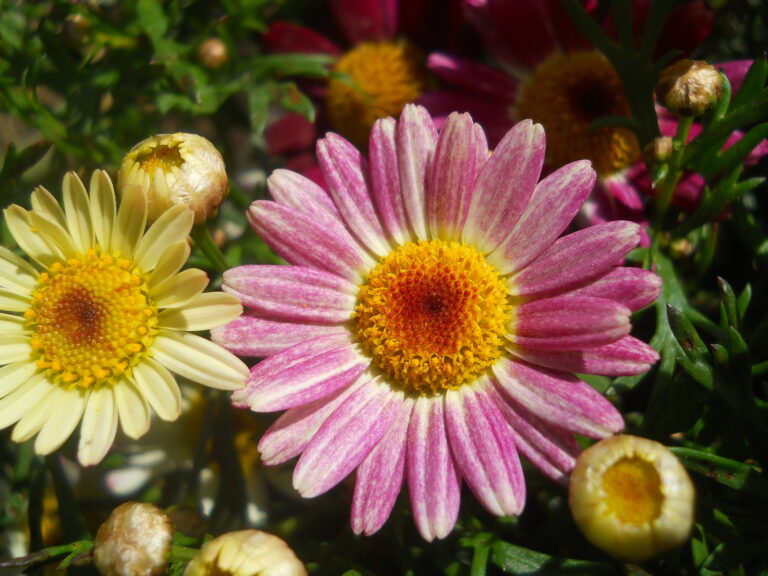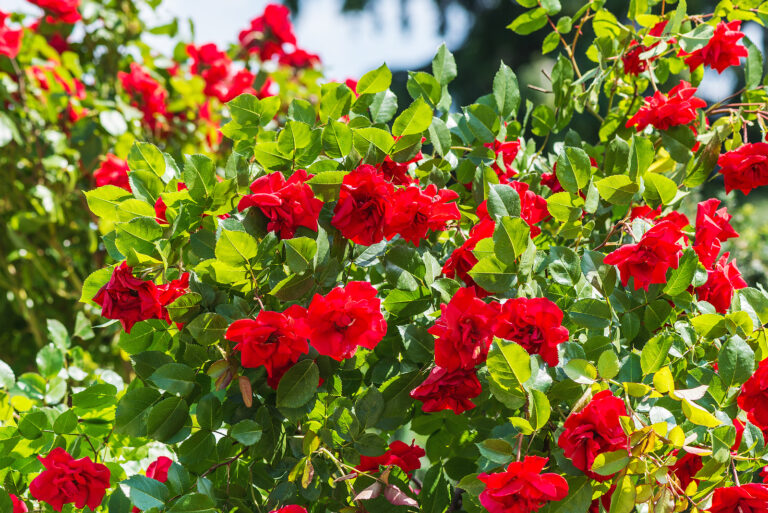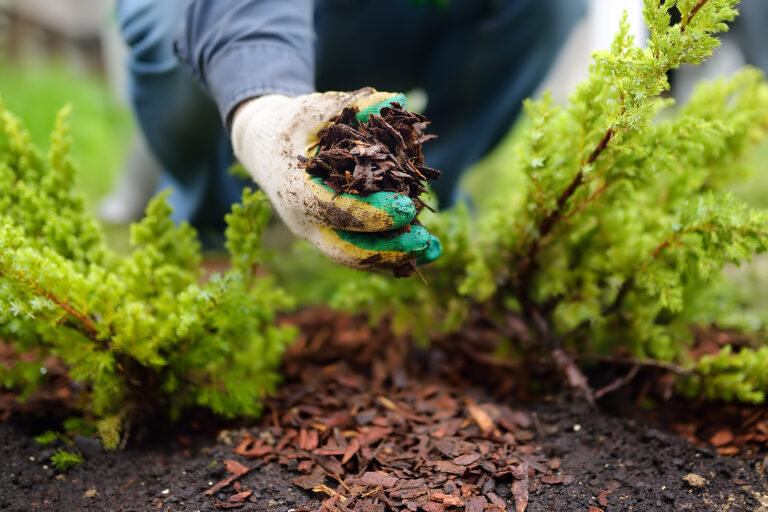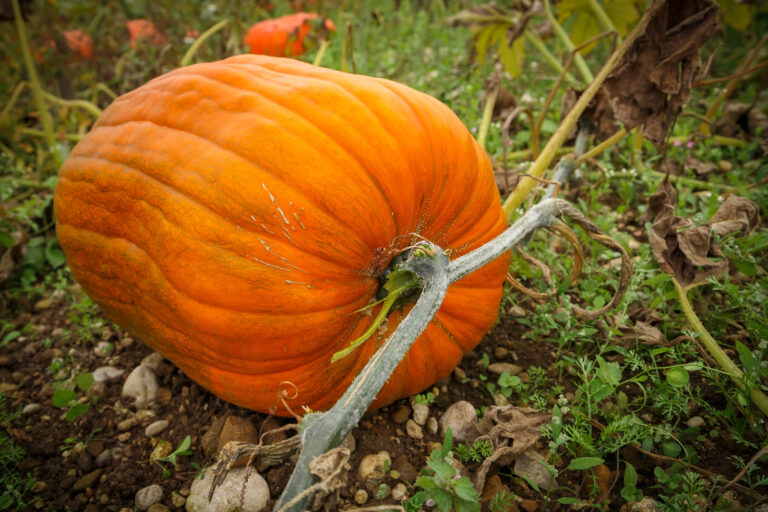March Flower Garden Tips Zone-by-Zone
March is a month of transition in the garden. March brings the end of winter and the beginning of spring. Spring for the northern hemisphere will arrive on March 20, the vernal equinox. There will be exactly 12 daylight hours from sunrise to sunset on that date. In the northern hemisphere, every day hence will grow just a little bit longer until summer.
Garden preparation and planting are well underway in Zones 9 to 11 in March. In Zones 7 and 8, preparation for spring planting can begin in earnest this month. In Zones 5 and 6, winter weather and cold may persist, but seed starting indoors can begin with spring in sight. In Zones 4 and colder, winter weather and cold temperatures will likely keep you out of the garden during March, but garden planning and plant ordering can commence.
Here is a zone-by-zone to-do list for March. You’ll find planting and garden care tips for trees and shrubs, perennials, annuals, bulbs, lawns, and container gardens for your region.
Use the USDA Hardiness Zone Map below to check your zone if you are unsure.
If you are unsure when the last frost in spring happens where you live–and when the first frost in autumn comes. Go to this post: Average Last and First Frost Dates for Cities, States, and Countries. The months between the last frost in spring and the first frost in autumn is the natural growing season for your region.
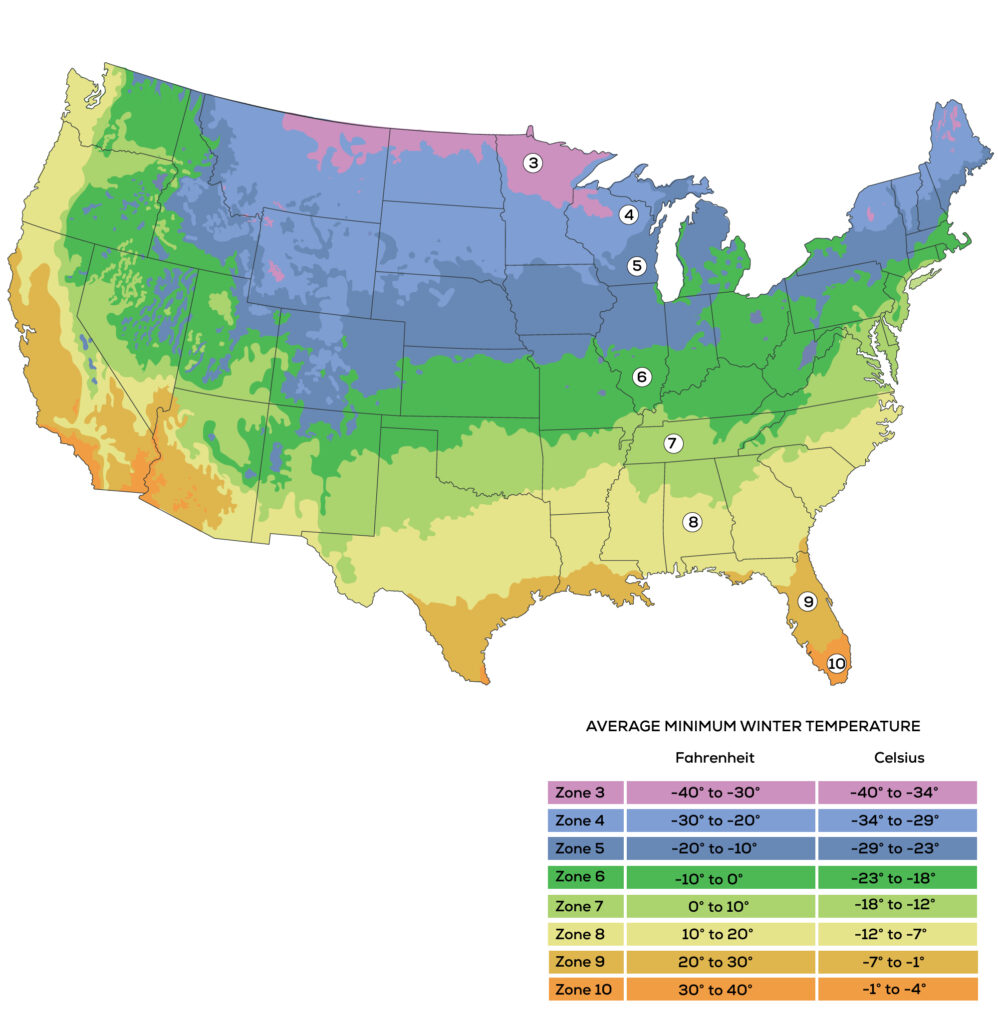
Tips for Zones 9-11
Trees: Prune spring-blooming trees as they finish flowering. Transplant trees. Plant container, bare-root, and balled-and-burlapped trees. Install supports for newly planted trees. Water and mulch newly planted trees. Fertilize new and established trees. Weed soil around trees apply a pre-emergent herbicide. Check for insects, and diseases. Apply summer mulch.
Shrubs: Prune shrubs. Prune azaleas and camellias after bloom. Prune early spring bloomers as they finish flowering. Shear formal hedges. Shear fine-needled evergreens as needed. Weed soil around shrubs. Plant shrubs and vines. Feed all established plantings; use cottonseed meal or other acid fertilizer where the soil is alkaline, for acid-loving plants such as azaleas, camellias, gardenias, and hydrangeas. Check supports for established climbing shrubs. Water and mulch newly planted shrubs. Propagate shrubs by layering. Take softwood cuttings for propagation– take cuttings after blooms are finished.
Roses: Plant container-grown roses. Mulch newly planted roses. Install or repair supports for climbing roses. Prune hybrid bush roses, cutting out any frost-damaged, dead, or crossing stems. Remove suckers. Remove side buds to encourage large single blossoms or remove terminal buds to encourage clusters of blossoms. Fertilize established roses; wait to fertilize new plants until after the first flush of bloom. Apply supplemental liquid fertilizer. Water weekly during dry weather. Watch for pests and signs of disease.

Lawns and Ground Covers: Thatch and aerate the lawn if needed. Start new lawns from seed, sprigs, or sod. Over-seed thin or bare spots of established lawns. Begin mowing the lawn when the grass is 3 inches high. Mow and edge as needed. Fertilize the lawn if one yearly feeding is needed, if not done in late autumn. Fusarium patch, which is irregularly shaped areas of grass that turn brown, may occur in spring and is an indication of poor drainage. Treat with an appropriate fungicide and take action to improve damage. Prune and thin overcrowded ground covers. Divide ground covers and perennial ornamental grasses. Transplant ground covers. Take ground cover stem cuttings for propagation. Layer ground cover stem cuttings for propagation. Plant annual and perennial ornamental grasses. Fertilize ground covers and ornamental grasses.
Perennials: Divide and transplant summer- and fall-flowering perennials. Thin out overgrown plantings. Sow perennial seeds outdoors. Set indoor-started seedlings outdoors. Plant container-grown perennials. Start chrysanthemums cuttings for fall bloom. Lightly fertilize established plants as they begin to grow, and water plants as necessary. Edge and weed beds and borders. Make sure stakes are in place for tall growers that will need them. Deadhead faded flowers. Watch for pests and signs of disease.
Good Products for Seed Starting Success at Amazon:
- Jump Start Germination Station w/Heat Mat Tray, 72-Cell Pack, Dome
- Espoma Seed Starting Mix
- 200 Count- Jiffy 7 Peat Soil Seed Starting Plugs
- Seed Starter Kit with Humidity Dome (120 Cells Total Tray)
- AgrobriteT5 Fluorescent, 2-Foot, Grow Light System
Bulbs: Plant summer-flowering bulbs in the garden. Fertilize spring-flowering bulbs with fast-release fertilizer. Remove faded flowers and yellowed foliage from spring-flowering bulbs. Deadhead faded flowers but leave foliage to mature. Plant caladiums summer-flowering bulbs, corms, and tubers. Start tuberous begonias from tubers indoors. Start cannas from rhizomes indoors. Start dahlias from seeds or from tuberous roots indoors. Start tuberoses from tubers indoors. Place potted lilies outdoors. Lift, divide, and replace crowded clumps of snowdrops as soon as the flowers have faded.
Annuals: Direct-sow or transplant out tender annuals when frost danger is past. Those that can be sown outdoors now include Adonis, Brachycome, Centaurea, Clarkia, Convolvulus, and Eschscholzia. Transplant salvias, marigolds, zinnias, celosia, gomphrena, and other annuals to flowerbeds and borders. For quick color, sow cosmos and nasturtium seeds right where you want them to grow. Sow sunflowers and tithonia where their height will mesh with your garden design. Overplant bulb beds with annuals to hide bulb foliage. Train vines and climbing annuals. Mulch flowerbeds after the last spring frost. Weed flowerbeds. Water as necessary. Pinch back tall growing plants. Shear low-growing plants. Turn the soil over, remove weeds, and fertilize the soil before planting annuals. Combat pests and fungal diseases using organic means, applying insecticides and fungicides only if necessary.
Rock and Water Gardens: Plant new alpines. Lift and divide and replant alpines such as Arenaria, champions, and geraniums. Sow seeds of alpine indoors. Hoe between plants to remove emerging weeds; replenish stone chippings. Plant moisture-loving ferns, astilbes, and primulas in the bog garden late in the month. Cut back faded top growth of marginal plants. Remove algae from the pond using a net or rake. Top-dress baskets of water lilies and other aquatics with good soil mixed with fertilizer.
Container Garden: Move tender container plants stored indoors over winter back outdoors when frost danger is past. Plant tender annuals when frost danger is past. Water container plants as needed; fertilize with a water-soluble fertilizer.
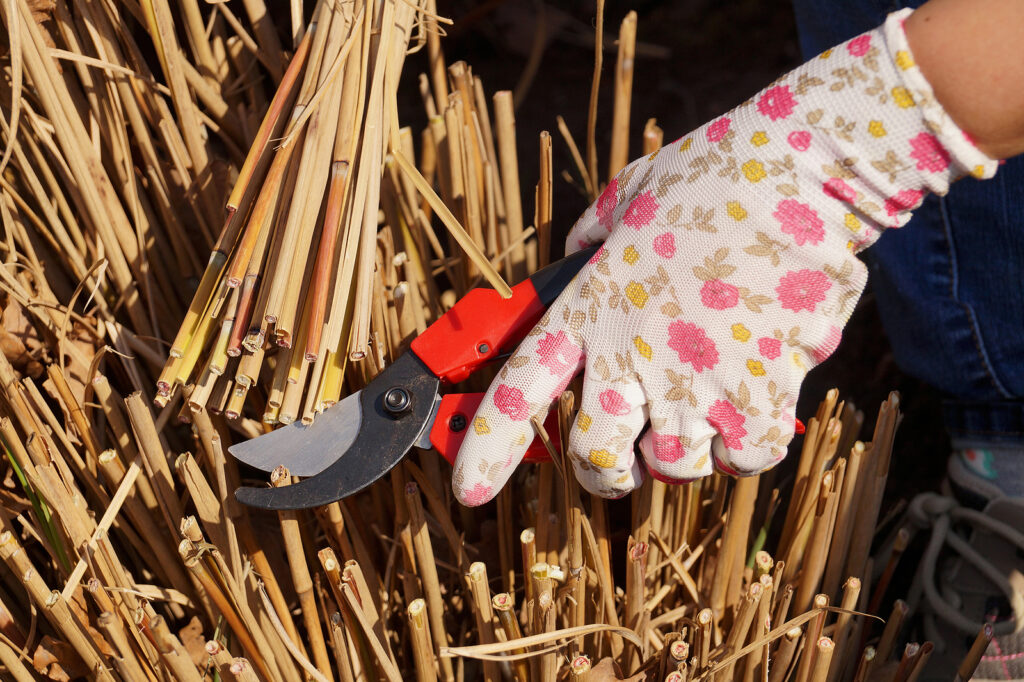
Tips for Zones 7-8
Trees: Prune winter-damaged limbs from trees. Prune shade trees and summer- and autumn-flowering shrubs and trees. Trim espaliered trees. Transplant container-grown, balled-and-burlapped, and bare-root trees before spring growth begins. Make sure bare-root stock gets into the ground while still dormant. Plant as soon as holes can be prepared beech, birch, dogwood, hawthorns, and magnolias. Install supports for newly planted trees. Water and mulch newly planted trees. Fertilize evergreens and flowering trees with slow-release fertilizer as growth starts. Weed soil around trees and apply preemergent herbicide. Top-dress trees with compost. Dormant sprays can be applied only before plants come into growth. Spray before growth begins.
Shrubs: Prune away winter-damaged branches of shrubs. Remove deadwood and weak stems from shrubs. Remove undesirable shrubs. Prune summer- and autumn-flowering shrubs. Prune spring-flowering shrubs after they bloom. Prune and train vines. Shears hedges if needed. Trim topiaries and espaliered shrubs. Hard prune buddleias, climbing hydrangeas, spiraeas, and tamarisks. Layer established heathers or root heel cuttings of side shoots in a closed cold frame. Shear formal hedges. Divide multi-stemmed shrubs. Transplant shrubs and vines. Finish planting bare-root shrubs. Plant container-grown shrubs. Plant deciduous shrubs. Plant new climbing shrubs. Water and mulch newly planted shrubs. Fertilize Protect newly planted shrubs with temporary windbreaks. Fertilize shrubs as growth starts. Sow seeds of woody plants indoors and outdoors. Propagate shrubs by layering. Layer shrubs as soon as the soil is workable. Take softwood cuttings of woody plants for rooting. Layer vines and stem for propagating. Weed soil around shrubs.
Roses: When the weather is mild begin pruning roses; you may need to wait until next month. Prune roses in frost-free weather: remove weak, dead, damaged shoots; remove crossing shoots. Prune repeat-flowering climbers by shortening side shoots to about half their length. Begin planting bush and climbing roses as soon as the ground is workable; plant both container-grown and bare-root roses, as soon as possible. Transplant any roses that need to be moved. Fertilize established roses. Apply granular fertilizer after pruning. Install or repair supports for climbing roses. Mulch newly planted roses. After pruning has been completed, spray plants and surrounding soil with a fungicide to kill overwintering spores. Apply granular fertilizer after pruning. Install or repair supports for climbing roses. Disbud roses and flowering plants for larger blooms.
Lawns and Ground Covers: Keep off the grass if it is frozen since damage encourages the onset of diseases. When the weather is mild, de-thatch, if necessary, and aerate the lawn. When the weather is mild, clean up and fertilize established lawns, and repair bare spots in the lawn. Rake the lawn clear of twigs, leaves, and other debris that may be clogging the surface. Brush off worm castings regularly. Service your mower or have it done professionally. Prepare for planting a new lawn; treat the area with a pre-emergent weed killer. Sow a new lawn or lay a plant sod. Fertilize the lawn if one yearly feeding is needed, if not done in late autumn. Fertilize lawn – lightly if you fertilized last fall. Trim ground covers that need it. Fertilize ground covers. Divide ground covers and perennial ornamental grasses. Cut back ornamental grasses to within 6 inches 15cm) of the ground. Plant ground covers and perennial ornamental grasses. Fertilize ground covers and ornamental grasses. Press into the soil any plants that have heaved from the ground.

Perennials: Remove remaining winter mulches from beds and borders; clean up any debris. Complete bed preparation for spring planting. Lift, divide, and replant established summer- and autumn-flowering perennial or oversized herbaceous perennials, discarding any weak sections. Thin overcrowded perennial flowers. When the ground is workable, transplant perennials, plant bare-root perennials, plant container-grown perennials. Sow biennial and perennial flower seeds indoors and outdoors. Lightly fertilize established plants as they begin to grow. Put stakes in place for tall growers that will need them. Watch for pests and signs of disease. As the weather warms up take suitable precautions against slugs.
Bulbs: Remove faded flowers and yellowed foliage from spring-flowering bulbs. Deadhead narcissi, daffodils, and other bulbs as they finish flowering. Lift, divide, and replace crowded clumps of snowdrops as soon as the flowers have faded. Fertilize spring bulbs with fast-release fertilizer as they finish blooming. Feed irises and pull away any faded leaves. Check dahlias in storage and remove any that are showing signs of rotting. Start tubers, tuberous roots, and rhizomes indoors. Start tuberous begonias from tubers indoors. Start cannas from rhizomes indoors. Start dahlias from seeds or from tuberous roots indoors. Start tuberoses from tubers indoors. Plant summer-flowering bulbs—gladioli, tuberous begonia, crocosmia, dahlia, caladium, anemones, lilies, Ranunculus, and Tirgidia in mild areas. Fertilize spring-flowering bulbs with fast-release fertilizer.
Annuals: Prepare and fertilize the soil of flowerbeds as soon as the ground can be worked. Pull winter weeds from flowerbeds. Sow hardy and half-hardy seeds outdoors. Sow hardy annuals, such as candytuft, godetia, love-in-a-mist, and pot marigolds outdoors where they are to grow. Plant hardy and half-hardy seedlings. Harden off plants before moving from the greenhouse or cold frame to the garden. Sow tender annuals indoors about 8 weeks before the last frost in spring. Pinch-back seedlings started indoors last month.
Container Garden: Move large containers outdoors and fill them with potting mix. Plant hardy cool-season annuals. Continue to deadhead winter-flowering pansies and other cool-season annuals. Protect winter-flowering pansies annuals from slugs and snails with the use of a few carefully placed pellets. Prepare containers for spring planting, cleaning them thoroughly with a disinfectant. Treat wooden boxes, troughs, and tubs with a preservative. Move large containers outdoors and fill them with potting mix. Begin spring planting by the end of the month.
Greenhouse and Cold Frame: Increase ventilation on warm days. Check plants for signs of pests and disease, which often begin to multiply rapidly as the temperatures rise. Sow seeds of bedding plants. Sow seeds of Anemone, Antirrhinum, Aster, Dianthus, Lobelia, Petunia, Salvia, Tropaeolum, and Verbena. Pick out or pot up seedlings sown earlier. Take cuttings of bedding plants such as fuchsias, heliotropes, marguerites, and pelargoniums. Take dahlia cuttings. Take chrysanthemum cuttings. Start begonia and gloxinia tubers.

Tips for Zones 5-6
General Tasks: In cold regions, the weather can still be icy in early spring, but in mild climates, you can make a start on many outdoor jobs. If sowing or planting outdoors, bear in mind that the soil temperature, as well as air temperature, is important. Few seeds will germinate if the soil temperature is below 45°F (7°C), so use a soil thermometer to check before you sow. As soon as the ground can be worked, prepare beds, borders, and vegetable areas. Prepare planting holes for the stock that is to be planted soon. Test soil pH; adjust if needed. Prepare the soil in frames or seedbeds for sowing. Remove winter protection as growth starts.
Trees: Brush heavy snow off branches to prevent the wind from snapping them. Prune away winter-damaged tree branches. Remove winter mulch and burlap wrappings as the weather moderates. When the soil is workable, plant container-grown, balled-and-burlapped, and bare-root trees. Evergreens should be planted in spring before new growth begins. Install supports for newly planted trees. Check for overwintering pests and, if necessary, apply dormant oil sprays when the temperature goes above 40°F (4.4°C). Take hardwood cuttings for propagation.
Shrubs: Brush heavy snow off branches to prevent the wind from snapping them. Prune winter-damaged branches from shrubs. Remove deadwood and weak stems from shrubs. Do not prune spring-blooming shrubs. Divide multi-stemmed shrubs. Remove undesirable shrubs. As soon as the frost is out of the ground, prepare planting holes for evergreens, shrubs, and roses, and begin planting bare-root and container-grown shrubs. Evergreens should be planted in spring before new growth begins. Propagate shrubs by layering. Replace mulch as needed. Remove burlap screens.
Roses: Rose beds that have been heavily protected should be gradually uncovered as early as possible, when snow is gone and lawns begin to green up, remove heavy mulches and gradually uncover climbers that have been laid down and buried in the soil. Unhill roses when the weather moderates; that could be next month. Begin pruning when the weather has moderated. Prune hybrid bush roses, cutting out any frost-damaged, dead, or crossing stems; pruning may have to wait until next month if the weather is still unsettled. Plant bare-root and container-grown roses as soon as the frost is out of the ground and the soil is workable and the weather is moderate. Transplant any roses that need to be moved. Mulch newly planted roses.
Lawns and Ground Covers: Trim ground covers that need it. Cut back ornamental grasses before they begin to grow. Cut back ornamental grasses to within 6 inches 15cm) of the ground. Plant ground covers and perennial ornamental grasses when the soil is workable. Prune or shear off damaged branches. Press into the soil any plants that have heaved from the ground. Start seed of ground covers and ornamental grasses indoors. Avoid walking on frozen lawns; damage encourages the onset of diseases.
Perennials: As soon as the frost is out of the ground, prepare planting holes for perennials and ornamental grasses. Complete bed preparation for planting. Gradually remove winter mulch from beds and borders.; clean up any debris. Press heaved plants back into the soil. While plants are young note which ones will need division later in the season. Lift, divide, and replant established or oversized herbaceous plants, discarding any weak sections. Fertilize established perennials as they begin to grow. Plant bare-root perennials. Sow perennials indoors to plant out later. Take cuttings of geraniums, wax begonias, and coleus to start new plants for this year’s garden. Cut back geraniums kept indoors over winter, to rejuvenate them and start new growth.
Bulbs: Gradually remove winter mulch when shoots of early bulbs begin to grow. Fertilize spring-flowering bulbs with fast-release fertilizer. Fertilize as growth gets underway. Plant summer bulbs (tuberous begonia, dahlia, caladium) in flats or pots indoors to transplant out in late spring. Start tuberous begonias from tubers indoors. Start cannas from rhizomes indoors. Start dahlias from seeds or from tuberous roots indoors. Start tuberoses from tubers indoors. Plant out hardy bulbs that have grown inside over the winter. Feed and water them well. Lift, divide, and replace crowded clumps of snowdrops as soon as the flowers have faded. Check bulbs, corms, and tubers in storage and remove any that are showing signs of rotting.
Annuals: Direct-sow hardy annuals; sow sweet peas as soon as the soil is workable. Plant out pansies when the weather settles. Sow tender annuals indoors to plant out when the weather warms; time indoor sowing so that seedlings go into the garden after the last frost. Plant nasturtiums, alyssum, and other half-hardy annuals indoors. Pinch-back seedlings started indoors last month. Place hardy annuals in a cold frame, then plant outdoors. Weed flower beds. Prepare garden soil for later planting. Sow sweet peas, poppies, and wildflowers directly into the garden late in the month. Take cuttings from geraniums and root them in a small pot indoors. Those that can be sown now include Adonis, Brachycome, Centaurea, Clarkia, Convolvulus
Container Garden: Prepare containers for spring planting, cleaning them thoroughly with a disinfectant. Treat wooden boxes, troughs, and tubs with a preservative. When the weather moderates, move large containers outdoors and fill them with potting mix.
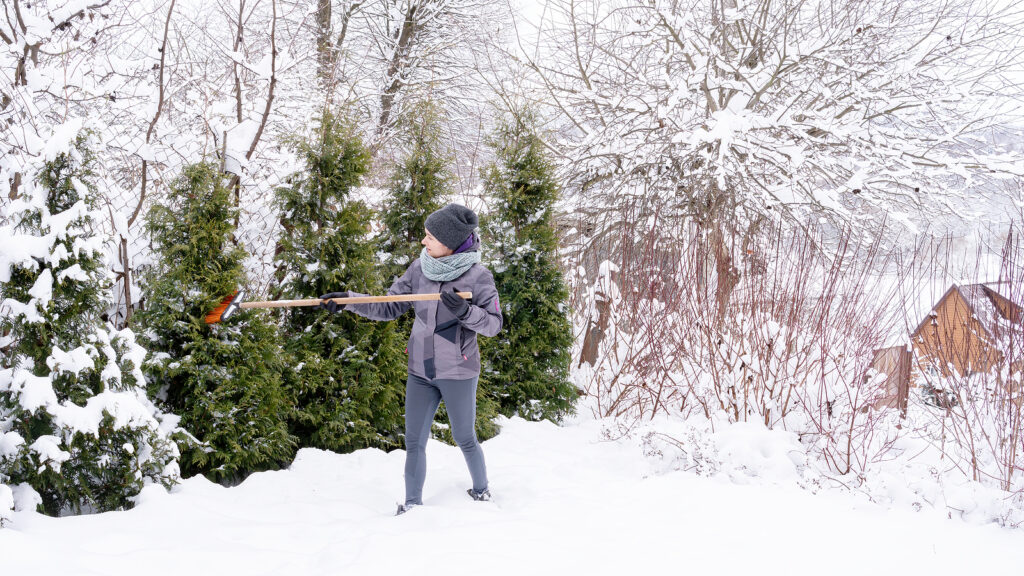
Tips for Zones 1-4
General Tasks: Don’t let snow or ice accumulate on trees and shrubs. Brush snow away to keep branches from breaking. Remove winter protection when spring arrives and growth starts. Being preparing planting beds when the weather moderates and frost is out of the soil. Review garden plans for spring planting. Order seeds, bulbs, and plants for the coming season. Check winter mulch if the weather remains cold; add more if needed. Feed established flower beds and borders with well-rotted manure. Service your mower or have it done professionally. Clean, oil, and sharpen tools. Keep an area of water open in an iced-over pond if there is a prolonged freeze. Prevent the sides of ponds from being cracked by pressure from freezing water by floating an empty plastic bottle or log on the surface. Make sure that garden birds have a regular supply of food and water during the cold weather.
Flower Garden Success Products at Amazon:


